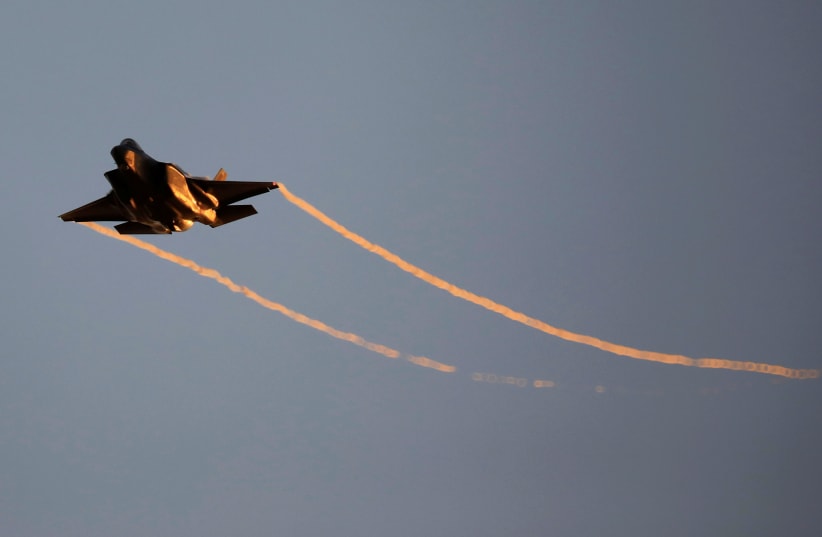According to Northern Command chief Major-General Ori Gordin, the Northern Command has been at war since October 7. The command does not wait for the defense cabinet's decisions, and on Sunday night, it began a series of preparations coordinated by the operations division of the General Staff, the air force, and the Navy for a multitude of scenarios.
Among the options is a widespread attack on Hezbollah targets in Lebanon, different from what has been hitherto the case in the region, while simultaneously defending the Israeli home front from a widespread Hezbollah attack.
Maj.-Gen. Gordin held a situational assessment with air force representatives on the targets that the Northern Command has against Hezbollah and the scope of armaments adapted to the type of targets.
In recent years, the Northern Command has been training on Hezbollah's plan—"Occupation of the Galilee." Still, it was decided to update the threats attributed to the sector and to make changes to the warning model—all this to quickly clarify any changes in the sector that include an attempted infiltration by terrorists and, accordingly, the IDF's methods of operation.
The preparation is different from what happened in the Southern Command, where what was thought to be the threat did not correspond to the actual threat that developed in the Gaza Strip and did not come close to warning of the October 7 massacre.
Alongside this, the IDF Chief of Staff Herzi Halevi held a situation assessment with Shin Bet chief Ronen Bar and other senior officials to examine what could be the consequences of a broad attack in Lebanon on the Israeli home front.
It can be estimated that in a situation of security deterioration, it is not impossible that Hezbollah will try to activate dormant cells in Israel or in the territories to carry out attacks.
At this stage, beyond the reinforcements decided by the General Staff on October 7, formations in the Northern Command have not been enlarged.
According to IDF estimates, the number of Radwan forces currently on the Lebanese border is significantly lower than the number of Radwan terrorists who were in southern Lebanon on October 7.
Some Radwan forces and commanders were killed by IDF fire, some were wounded, and some retreated out of range of fire. Despite this, on Saturday, the IDF located four Radwan fighters who were hiding in Kafr Kila not far from the border and killed them.
An Iranian-made rocket
The IDF insisted on Saturday night that the rocket that was fired at the soccer field in Majdal Shams, which killed 12 children and seriously wounded others, was fired by Hezbollah from Kfarchouba - and even revealed the name of the commander in the field who ordered the launch.
On Sunday night, the IDF revealed the details indicating the rocket was made in Iran and was transferred to Hezbollah in addition to the launch angle towards Israel.
The massacre of the children put Nasrallah's back against the wall - and forced him to lie and deny involvement in the rocket launch. All this is against the background of the fear of a rift with the Druze in Lebanon. There are security sources who claim that he is also afraid of a harsh Israeli reaction and, therefore, had to deny it completely.
On Sunday, forces of the 769 Brigade identified two terrorists not far from the Lebanese border who were subsequently killed. In the evening, the Northern Command attacked four Hezbollah weapons warehouses that caught fire and other infrastructures. In response, Hezbollah launched two rockets at Yiftah and Shtula.
Shortly after the launch of the rocket and the killing of the children in Majdal Shams, the air force decided to increase the scope of the aircraft in the northern arena. It was also decided to put dozens of fighter planes in a state of readiness for any deterioration.

